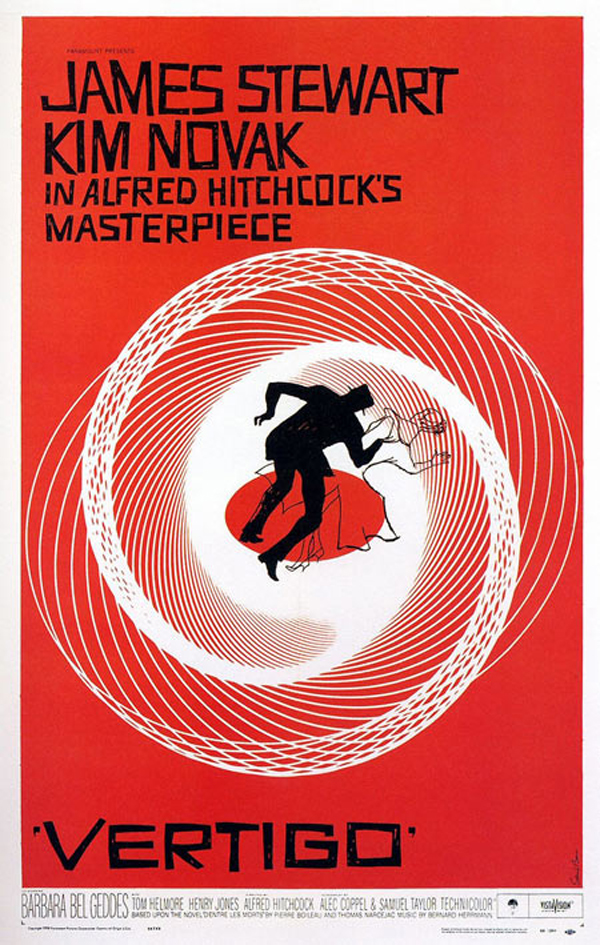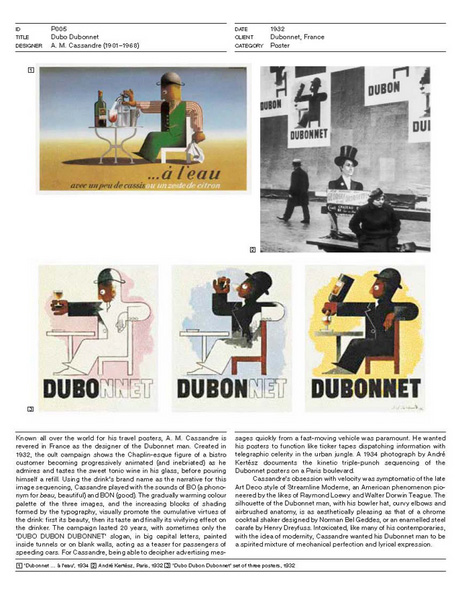http://www.kinfolk.com/films/
School of Art, Design and Art History / James Madison University
Intermediate Typography, Prof. Jun Bum Shin
Thursday, October 17, 2013
Tuesday, October 15, 2013
Image Size for Contents
COVER: 824 x 1200px (72ppi)
Image Width: max 744px (100ppi)
Image Height: max 1022px (100ppi)
----------------------------------------
Make a space on top margin
<p align="left" width="0" height="40%">
<img src="about.jpg"/></p>
Text-Indent
<html>
<head>
<style type="text/css">
p {text-indent:50px;}
</style>
</head>
<body>
<p>In my younger and more vulnerable years my father gave me </p>
</body>
</html>
In my younger and more vulnerable years my father gave me
Image Width: max 744px (100ppi)
Image Height: max 1022px (100ppi)
----------------------------------------
Make a space on top margin
<p align="left" width="0" height="40%">
<img src="about.jpg"/></p>
Text-Indent
<html>
<head>
<style type="text/css">
p {text-indent:50px;}
</style>
</head>
<body>
<p>In my younger and more vulnerable years my father gave me </p>
</body>
</html>
In my younger and more vulnerable years my father gave me
HTML Tags
HTML Basic - 4 Examples [Headings, Paragraphs, Links, Images]
http://www.w3schools.com/html/html_primary.asp
HTML Image <img /> Tag
http://www.w3schools.com/tags/tag_img.asp
HTML <tt> <i> <b> <big> <small> Tags
http://www.w3schools.com/tags/tag_font_style.asp
HTML Subscript <sub> and <sup> Tags
http://www.w3schools.com/tags/tag_sup.asp
HTML "blockquote" Tag
http://www.w3schools.com/tags/tag_blockquote.asp
HTML <a> name Attribute (TOC) and Links
http://www.w3schools.com/tags/att_a_name.asp
http://www.w3schools.com/html/html_links.asp
CSS TEXT-INDENT
http://www.w3schools.com/cssref/pr_text_text-indent.asp
Page "Height"
<p align="left" height="70%" width="0">
HTML Character-sets:
http://www.w3schools.com/tags/ref_entities.asp
NUMBER NAME DESCRIPTION
" " " quotation mark
' ' ' apostrophe
& & & ampersand
© © © copyright
  non-breaking space
@ @ at Symbol
HTML <meta> Tag [Describe metadata]
http://www.w3schools.com/tags/tag_meta.asp
XHTML 1.0 Reference [Ordered by Function]
http://www.w3schools.com/tags/ref_byfunc.asp
Kindle HTML tags
http://kindleformatting.com/book/files/KindleHTMLtags.pdf
http://www.w3schools.com/html/html_primary.asp
HTML Image <img /> Tag
http://www.w3schools.com/tags/tag_img.asp
HTML <tt> <i> <b> <big> <small> Tags
http://www.w3schools.com/tags/tag_font_style.asp
HTML Subscript <sub> and <sup> Tags
http://www.w3schools.com/tags/tag_sup.asp
HTML "blockquote" Tag
http://www.w3schools.com/tags/tag_blockquote.asp
HTML <a> name Attribute (TOC) and Links
http://www.w3schools.com/tags/att_a_name.asp
http://www.w3schools.com/html/html_links.asp
CSS TEXT-INDENT
http://www.w3schools.com/cssref/pr_text_text-indent.asp
Page "Height"
<p align="left" height="70%" width="0">
HTML Character-sets:
http://www.w3schools.com/tags/ref_entities.asp
NUMBER NAME DESCRIPTION
" " " quotation mark
' ' ' apostrophe
& & & ampersand
© © © copyright
  non-breaking space
@ @ at Symbol
Page break: <mbp:pagebreak/>
HTML <meta> Tag [Describe metadata]
http://www.w3schools.com/tags/tag_meta.asp
XHTML 1.0 Reference [Ordered by Function]
http://www.w3schools.com/tags/ref_byfunc.asp
Kindle HTML tags
http://kindleformatting.com/book/files/KindleHTMLtags.pdf
Convert smart quotes
How to Convert quotation InDesign to Dreaweaver automatically?
1. copy Content Texts in InDesign
2. paste special into Dreamweaver HTML documents
1. copy Content Texts in InDesign
2. paste special into Dreamweaver HTML documents
Characters in HTML
Sunday, October 13, 2013
Thursday, October 10, 2013
Kindle HTML
HTML Tags
HTML Basic - 4 Examples [Headings, Paragraphs, Links, Images]
http://www.w3schools.com/html/html_primary.asp
HTML Image <img /> Tag
http://www.w3schools.com/tags/tag_img.asp
HTML <tt> <i> <b> <big> <small> Tags
http://www.w3schools.com/tags/tag_font_style.asp
HTML Subscript <sub> and <sup> Tags
http://www.w3schools.com/tags/tag_sup.asp
HTML "blockquote" Tag
http://www.w3schools.com/tags/tag_blockquote.asp
HTML <a> name Attribute (TOC) and Links
http://www.w3schools.com/tags/att_a_name.asp
http://www.w3schools.com/html/html_links.asp
CSS TEXT-INDENT
http://www.w3schools.com/cssref/pr_text_text-indent.asp
Page "Height"
<p align="left" height="70%" width="0">
HTML Character-sets:
http://www.w3schools.com/tags/ref_entities.asp
NUMBER NAME DESCRIPTION
" " " quotation mark
' ' ' apostrophe
& & & ampersand
© © © copyright
  non-breaking space
@ @ at Symbol
HTML <meta> Tag [Describe metadata]
http://www.w3schools.com/tags/tag_meta.asp
XHTML 1.0 Reference [Ordered by Function]
http://www.w3schools.com/tags/ref_byfunc.asp
Kindle HTML tags
http://kindleformatting.com/book/files/KindleHTMLtags.pdf
http://www.w3schools.com/html/html_primary.asp
HTML Image <img /> Tag
http://www.w3schools.com/tags/tag_img.asp
HTML <tt> <i> <b> <big> <small> Tags
http://www.w3schools.com/tags/tag_font_style.asp
HTML Subscript <sub> and <sup> Tags
http://www.w3schools.com/tags/tag_sup.asp
HTML "blockquote" Tag
http://www.w3schools.com/tags/tag_blockquote.asp
HTML <a> name Attribute (TOC) and Links
http://www.w3schools.com/tags/att_a_name.asp
http://www.w3schools.com/html/html_links.asp
CSS TEXT-INDENT
http://www.w3schools.com/cssref/pr_text_text-indent.asp
Page "Height"
<p align="left" height="70%" width="0">
HTML Character-sets:
http://www.w3schools.com/tags/ref_entities.asp
NUMBER NAME DESCRIPTION
" " " quotation mark
' ' ' apostrophe
& & & ampersand
© © © copyright
  non-breaking space
@ @ at Symbol
Page break: <mbp:pagebreak/>
HTML <meta> Tag [Describe metadata]
http://www.w3schools.com/tags/tag_meta.asp
XHTML 1.0 Reference [Ordered by Function]
http://www.w3schools.com/tags/ref_byfunc.asp
Kindle HTML tags
http://kindleformatting.com/book/files/KindleHTMLtags.pdf
Inspiration: Louis Vuitton presents
http://www.youtube.com/user/LOUISVUITTON?feature=watch
Tuesday, October 1, 2013
The Best Design Books of 2012
The Best Design Books of 2012
by Maria PopovaAfter the best science books and the best art books of 2012, the season’s best-of reading lists continue with 10 favorite design books published this year. (Catch up on last year’s reading list here.)

 “The universe is made of stories, not atoms,” poet Muriel Rukeyser famously remarked. Hardly anyone can back this bombastic proclamation with more empirical conviction than Rob Walker and Joshua Glenn. In 2009, the duo embarked upon a curious experiment: They would purchase cheap trinkets, ask some of today’s most exciting creative writers to invent stories about them, then post the stories and the objects on eBay to see whether the invented story enhanced the value of the object. Which it did: The tchotchkes, originally purchased for a total of $128.74, sold for a whopping total of $3,612.51 — a 2,700% markup. (The most highly valued pairing in the entire project, bought for $1.49 and sold for $197.50, was a globe paperweight with a moving handwritten story by the magnificent Debbie Millman, with proceeds benefiting 826 National.)
“The universe is made of stories, not atoms,” poet Muriel Rukeyser famously remarked. Hardly anyone can back this bombastic proclamation with more empirical conviction than Rob Walker and Joshua Glenn. In 2009, the duo embarked upon a curious experiment: They would purchase cheap trinkets, ask some of today’s most exciting creative writers to invent stories about them, then post the stories and the objects on eBay to see whether the invented story enhanced the value of the object. Which it did: The tchotchkes, originally purchased for a total of $128.74, sold for a whopping total of $3,612.51 — a 2,700% markup. (The most highly valued pairing in the entire project, bought for $1.49 and sold for $197.50, was a globe paperweight with a moving handwritten story by the magnificent Debbie Millman, with proceeds benefiting 826 National.)
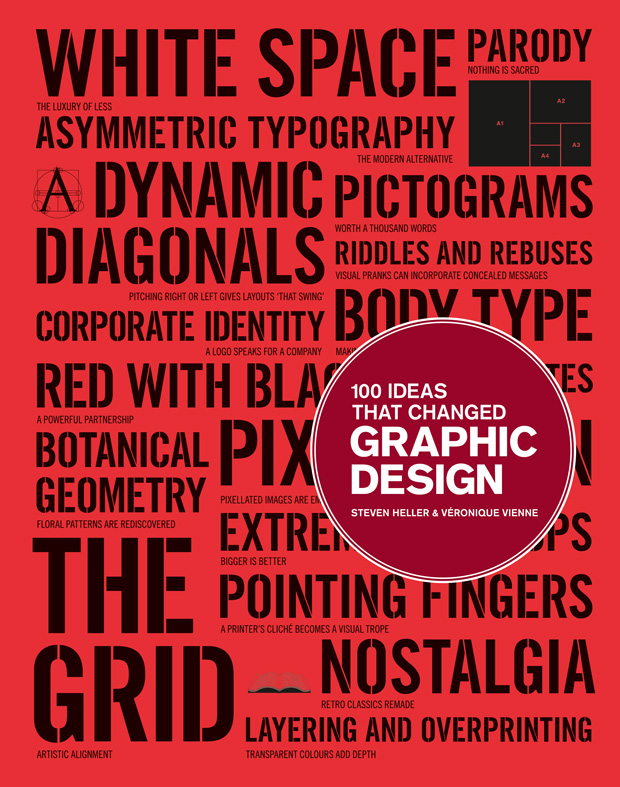 Design history books abound, but they tend to be organized by chronology and focused on concrete -isms. From publisher Laurence King, who brought us the epic Saul Bass monograph, and the prolific design writer Steven Heller with design critic Veronique Vienne comes 100 Ideas that Changed Graphic Design (UK; public library) — a thoughtfully curated inventory of abstract concepts that defined and shaped the art and craft of graphic design, each illustrated with exemplary images and historical context.
Design history books abound, but they tend to be organized by chronology and focused on concrete -isms. From publisher Laurence King, who brought us the epic Saul Bass monograph, and the prolific design writer Steven Heller with design critic Veronique Vienne comes 100 Ideas that Changed Graphic Design (UK; public library) — a thoughtfully curated inventory of abstract concepts that defined and shaped the art and craft of graphic design, each illustrated with exemplary images and historical context.
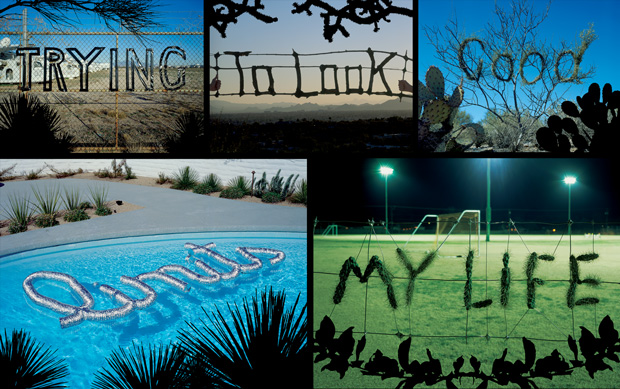


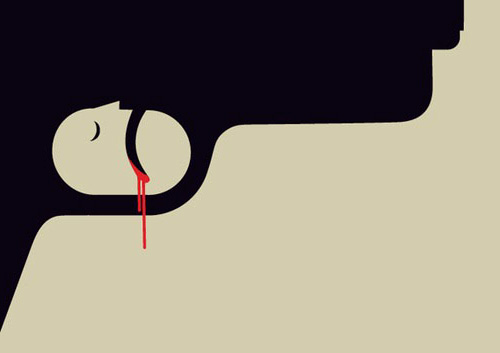

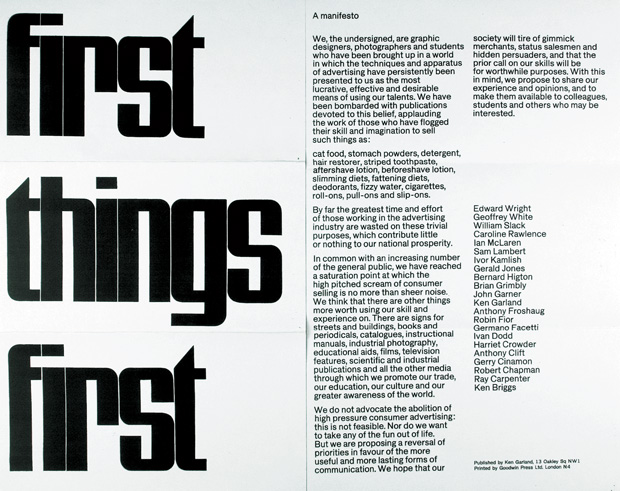
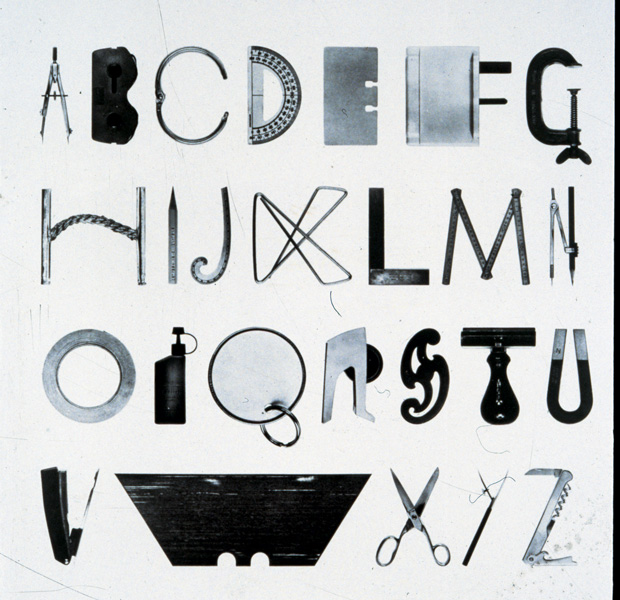
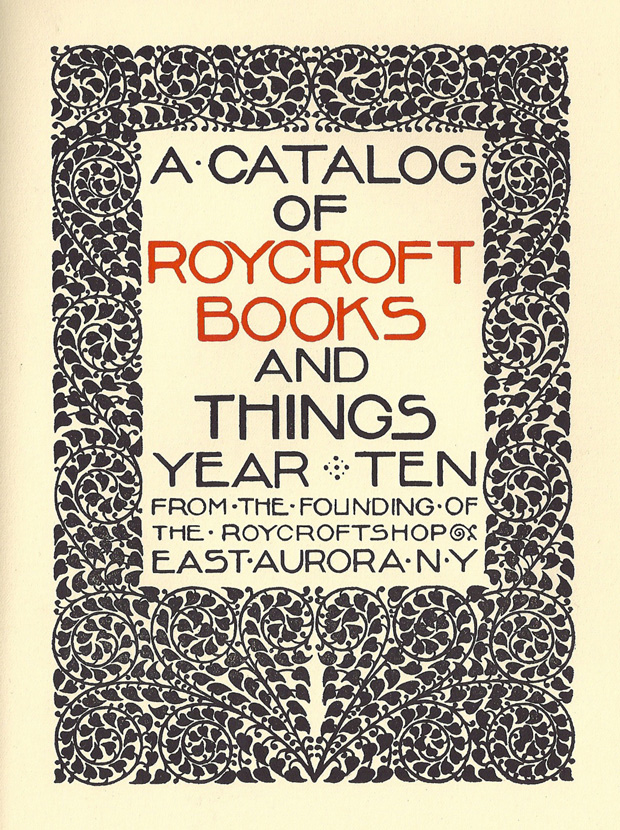
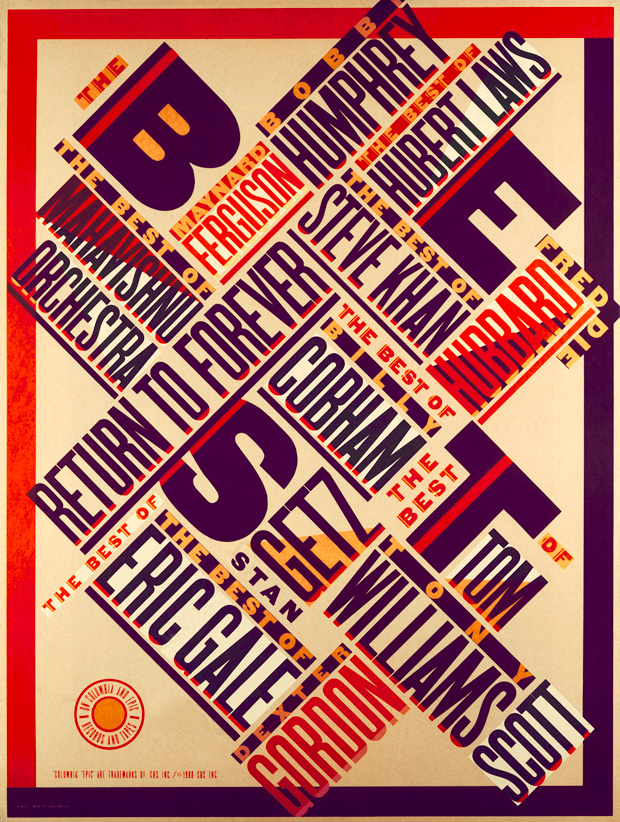
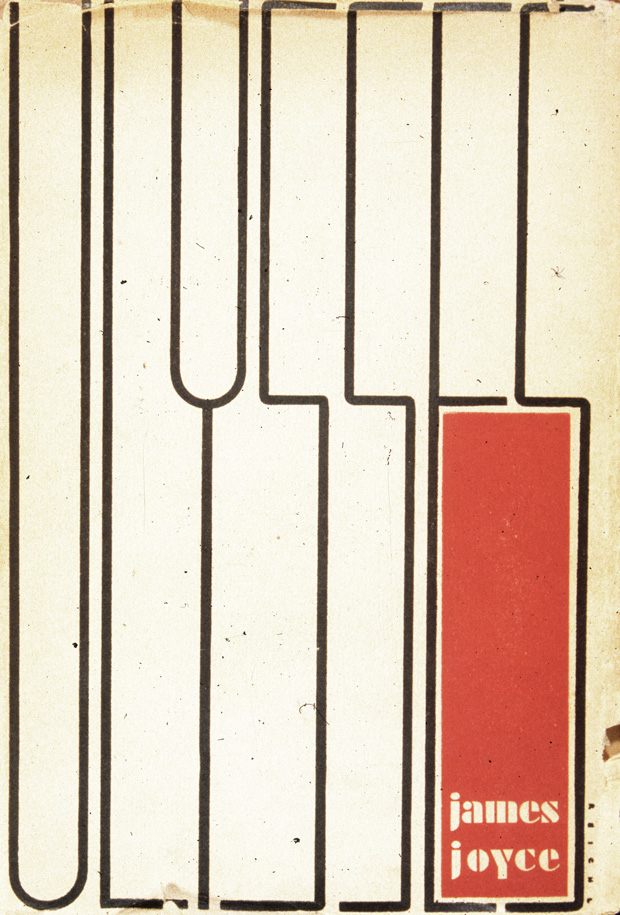
by Maria PopovaAfter the best science books and the best art books of 2012, the season’s best-of reading lists continue with 10 favorite design books published this year. (Catch up on last year’s reading list here.)

Charles Minard: Chart showing the number of men in Napoleon's 1812 Russian campaign army, their movements, and the temperature they encountered on the return path (1869)
Featuring such beloved design icons as Milton Glaser, Paula Scher, Saul Bass, and Paul Rand, the selections explore how graphic design coalesced out of the traditions of printing and fine art thanks to two key developments — the invention of the printing press in 15th-century Europe and the Industrial Revolution of the late 18th and early 19th centuries — emerging as one of the most powerful, ever-evolving tools of modern human communication.
Originally featured in October.
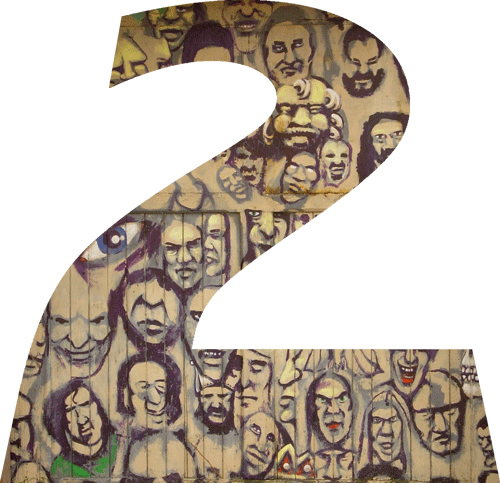 SIGNIFICANT OBJECTS
SIGNIFICANT OBJECTS
 “The universe is made of stories, not atoms,” poet Muriel Rukeyser famously remarked. Hardly anyone can back this bombastic proclamation with more empirical conviction than Rob Walker and Joshua Glenn. In 2009, the duo embarked upon a curious experiment: They would purchase cheap trinkets, ask some of today’s most exciting creative writers to invent stories about them, then post the stories and the objects on eBay to see whether the invented story enhanced the value of the object. Which it did: The tchotchkes, originally purchased for a total of $128.74, sold for a whopping total of $3,612.51 — a 2,700% markup. (The most highly valued pairing in the entire project, bought for $1.49 and sold for $197.50, was a globe paperweight with a moving handwritten story by the magnificent Debbie Millman, with proceeds benefiting 826 National.)
“The universe is made of stories, not atoms,” poet Muriel Rukeyser famously remarked. Hardly anyone can back this bombastic proclamation with more empirical conviction than Rob Walker and Joshua Glenn. In 2009, the duo embarked upon a curious experiment: They would purchase cheap trinkets, ask some of today’s most exciting creative writers to invent stories about them, then post the stories and the objects on eBay to see whether the invented story enhanced the value of the object. Which it did: The tchotchkes, originally purchased for a total of $128.74, sold for a whopping total of $3,612.51 — a 2,700% markup. (The most highly valued pairing in the entire project, bought for $1.49 and sold for $197.50, was a globe paperweight with a moving handwritten story by the magnificent Debbie Millman, with proceeds benefiting 826 National.)
Significant Objects: 100 Extraordinary Stories About Ordinary Things (public library) tells the tale of this irreverent testament to the power of storytelling through a hundred of the best stories since the beginning of the project. The anthology features such celebrated authors as William Gibson (HAWK Ashtray, bought for $2.99, sold for $101), Jonathan Lethem (Missouri Shotglass, bought for $1, sold for $76), and Colson Whitehead (Mallet, bought for 33 cents, sold for $71).
And what better way to open than with some timeless wisdom from the inimitable Edward Gorey?
A reflection from the introduction:
Writers love a challenge like the one we posed them — i.e., making up a story inspired by an object they’ve never seen before. Our contributors met the challenge with wildly imaginative, deeply moving, and darkly ironic stories. They wrote letters, email solicitations, memoirs, operating instructions, public notices, diary entries, wine-tasting notes, and public ordinances. Some crafted rich character studies, others told tales through whipsaw dialogue or internal monologue. Some took bold experimental risks, while others opted for evocative minimalism or genre fiction.It turns out that once you start increasing the emotional energy of inanimate objects, an unpredictable chain reaction is set off.
Part Sentimental Value, part MacGuffinism, Significant Objects reminds us of the storiness of our lived materiality — of the artifacts we imbue with meaning, with loves and losses, with hopes and desperations. At its heart is something essential and essentially human, which Brian Eno once articulated beautifully:
Nearly all of art history is about trying to identify the source of value in cultural objects. Color theories and dimension theories, golden means, all those sort of ideas, assume that some objects are intrinsically more beautiful and meaningful than others. New cultural thinking isn’t like that. It says thatwe confer value on things. We create the value in things. It’s the act of conferring that makes things valuable.”
Anaïs Nin put it even more dramatically when she wrote in her diary in 1943:
Stories are the only enchantment possible, for when we begin to see our suffering as a story, we are saved.
Originally featured in August.
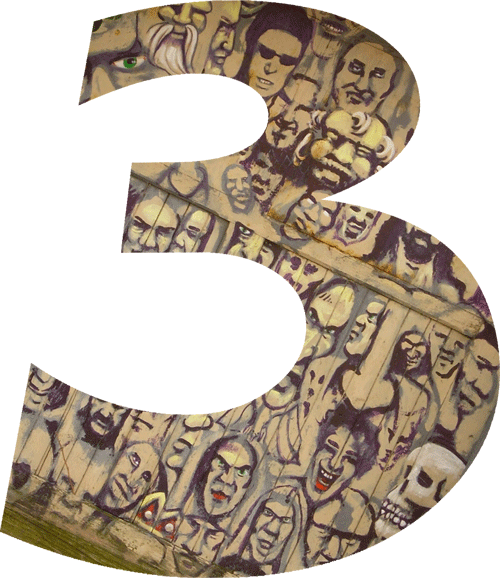 100 IDEAS THAT CHANGED GRAPHIC DESIGN
100 IDEAS THAT CHANGED GRAPHIC DESIGN
 Design history books abound, but they tend to be organized by chronology and focused on concrete -isms. From publisher Laurence King, who brought us the epic Saul Bass monograph, and the prolific design writer Steven Heller with design critic Veronique Vienne comes 100 Ideas that Changed Graphic Design (UK; public library) — a thoughtfully curated inventory of abstract concepts that defined and shaped the art and craft of graphic design, each illustrated with exemplary images and historical context.
Design history books abound, but they tend to be organized by chronology and focused on concrete -isms. From publisher Laurence King, who brought us the epic Saul Bass monograph, and the prolific design writer Steven Heller with design critic Veronique Vienne comes 100 Ideas that Changed Graphic Design (UK; public library) — a thoughtfully curated inventory of abstract concepts that defined and shaped the art and craft of graphic design, each illustrated with exemplary images and historical context.
From concepts like manifestos (#25), pictograms (#45), propaganda (#22),found typography (#38), and the Dieter-Rams-coined philosophy that “less is more” (#73) to favorite creators like Alex Steinweiss, Noma Bar, Saul Bass,Paula Scher, and Stefan Sagmeister, the sum of these carefully constructed parts amounts to an astute lens not only on what design is and does, but also on what it should be and do.

Idea # 16: METAPHORIC LETTERING
Trying to Look Good Limits My Life (2004), part of Stefan Sagmeister’s typographic project '20 Things I Have Learned in My Life So Far.' Words are formed from natural and industrial materials and composed in situ.

Idea # 83: PSYCHEDELIA
Gebrauchsgraphik (1968). The youth style influenced by drugs and rock and roll quickly became a commercial visual vocabulary. Founded in San Francisco, this German version smoothed out some of the rough edges.

Idea # 31: RED WITH BLACK
A Season in Hell (1944), a black-and-red assemblage of stark and wobbly forms characteristic of Alvin Lustig’s highly abstract visual vocabulary, is a graphic equivalent of the tormented prose of poet Arthur Rimbaud.
Heller and Vienne write in the introduction:
[Big ideas] are notions, conceptions, inventions, and inspirations — formal, pragmatic, and conceptual — that have been employed by graphic designers to enhance all genres of visual communication. These ideas have become, through synthesis and continual application, the ambient language(s) of graphic design. They constitute the technological, philosophical, forma, and aesthetic constructs of graphic design.

Idea # 19: VISUAL PUNS
Gun Crime (2010), illustrated by Noma Bar, is a commentary on the tragic toll of gun-related violence in the UK. The trigger serves as the mechanism and outcome of gun attacks.

Idea # 35: EXPRESSION OF SPEED
Rainboeing the Skies (1971), an ad introducing the new Boeing 747 to El Al Israeli Airlines by graphic designer Dan Reisinger. This iconic image is at the center of an Internet controversy, with some claiming that it was in fact an Air Canada poster.

Idea # 25: MANIFESTOS
First Things First (1964), published by British designer Ken Garland, who intended to radicalize the design practice that was fast becoming a subset of advertising. In 2000 an updated version was printed in cutting-edge magazines including Adbusters, Emigré, Items, and Eye.

Idea # 38: FOUND TYPOGRAPHY
Alphabet with Tools (1977), by Mervyn Kurlansky, takes everyday objects found in homes and workshops and transforms them into the letters of the Western alphabet.
From how rub-on lettering democratized design by fueling the DIY movement and engaging people who knew nothing about typography to how the concept of the “teenager” was invented after World War II as a new market for advertisers, many of the ideas are mother-of-invention parables. Together, they converge into a cohesive meditation on the fundamental mechanism of graphic design — to draw a narrative with a point of view, and then construct that narrative through the design process and experience.

Idea # 15: ENTREPRENEURSHIP
A Catalog of Roycroft Books (1905?), designed at the Roycroft workshop in East Aurora, New York. Influenced by William Morris’s Arts and Crafts Movement, Elbert Hubbard established a crafts colony that sold books, textiles, and other products.

Idea # 48: TRIANGULATION
The Best of Jazz (1979), a typographical masterpiece by Paula Scher, was done when she was discovering Aleksander Rodchenko and El Lissitsky. She recalls her work being acclaimed as 'new wave' and 'postmodern' when in fact it was a private homage to the pioneers of the Russian avant garde.

Idea # 37: DUST JACKETS
Ulysses (1934), hand-lettered and designed by Ernst Reichl, was said to be influenced by the paintings of Piet Mondrian.
Subscribe to:
Posts (Atom)









